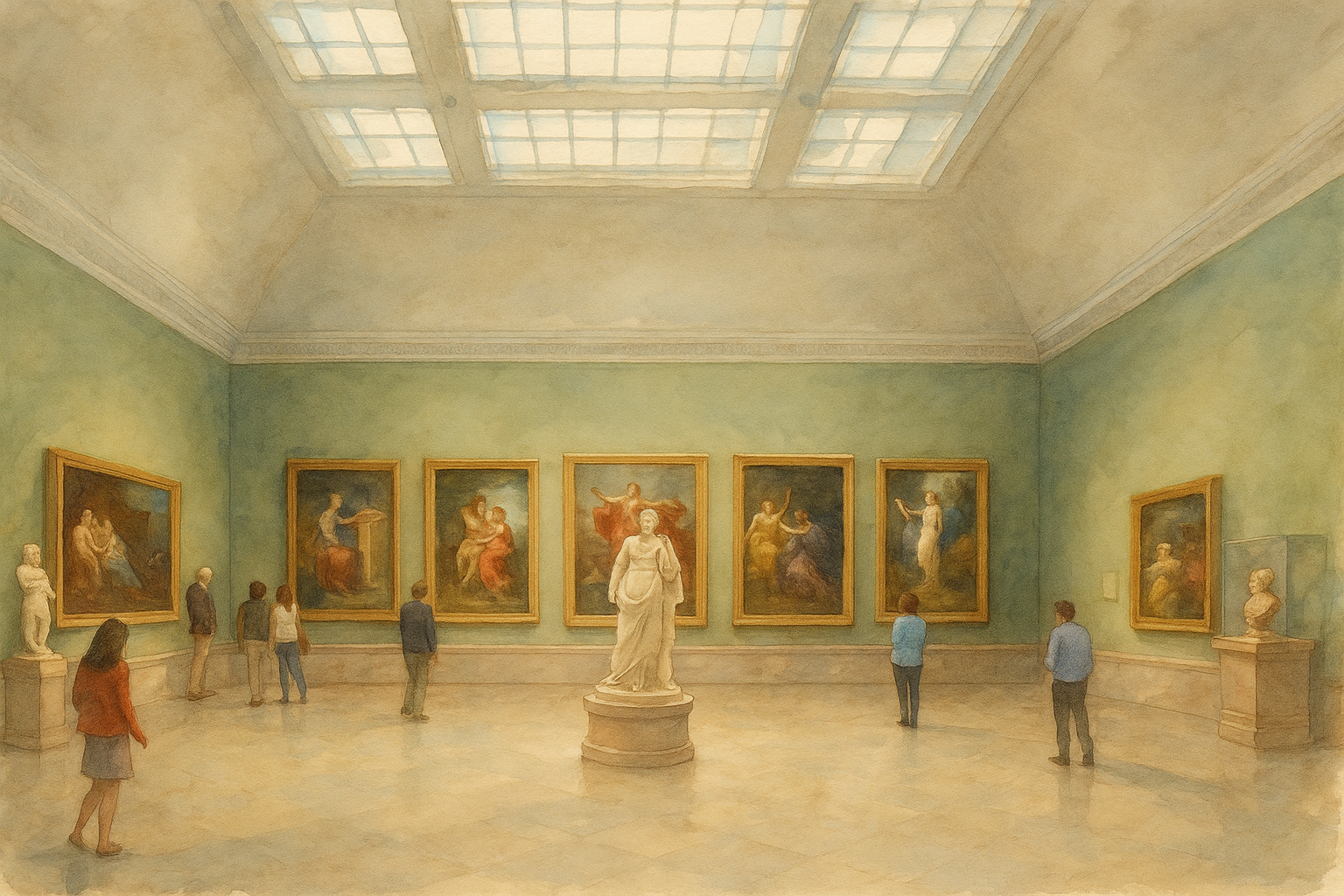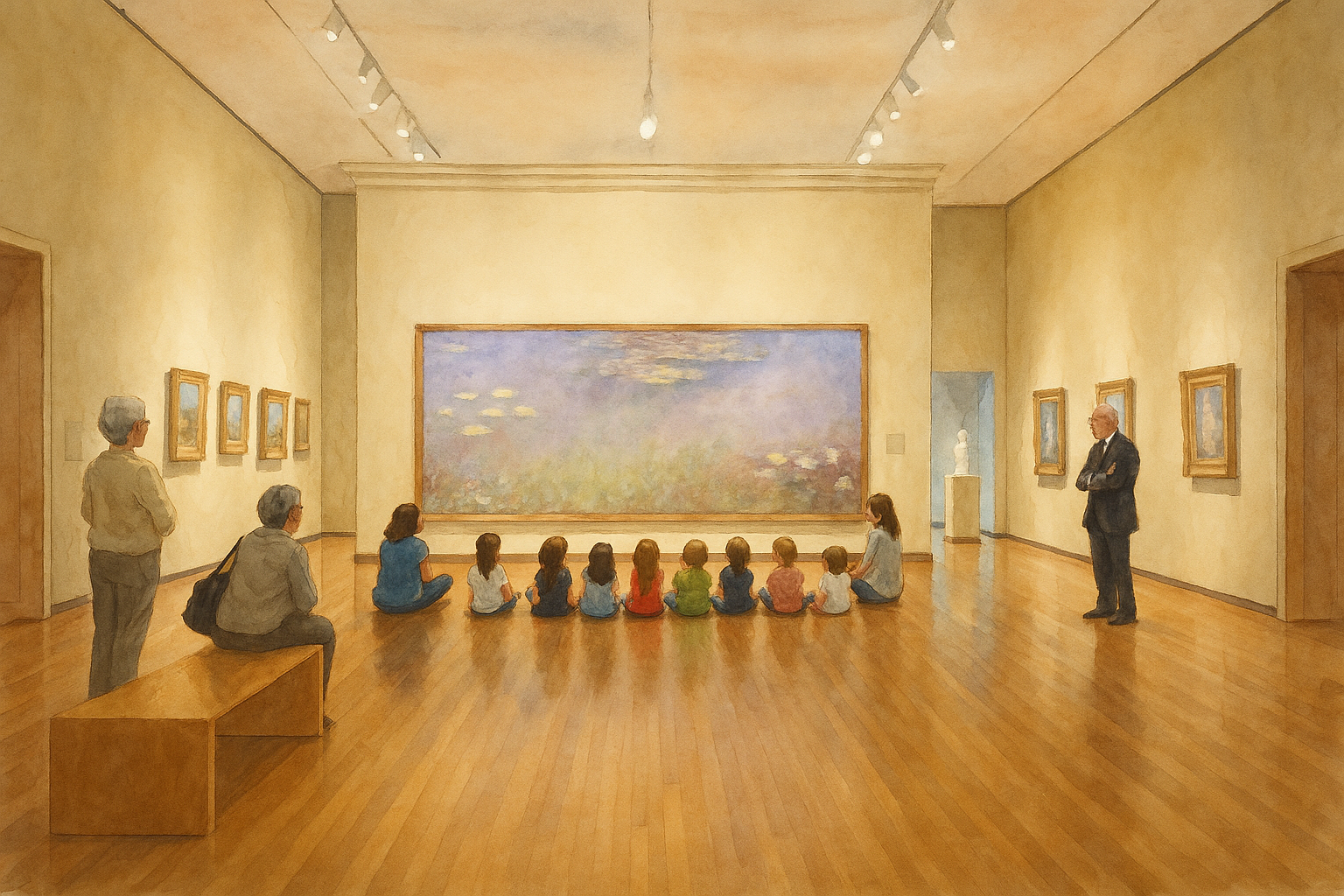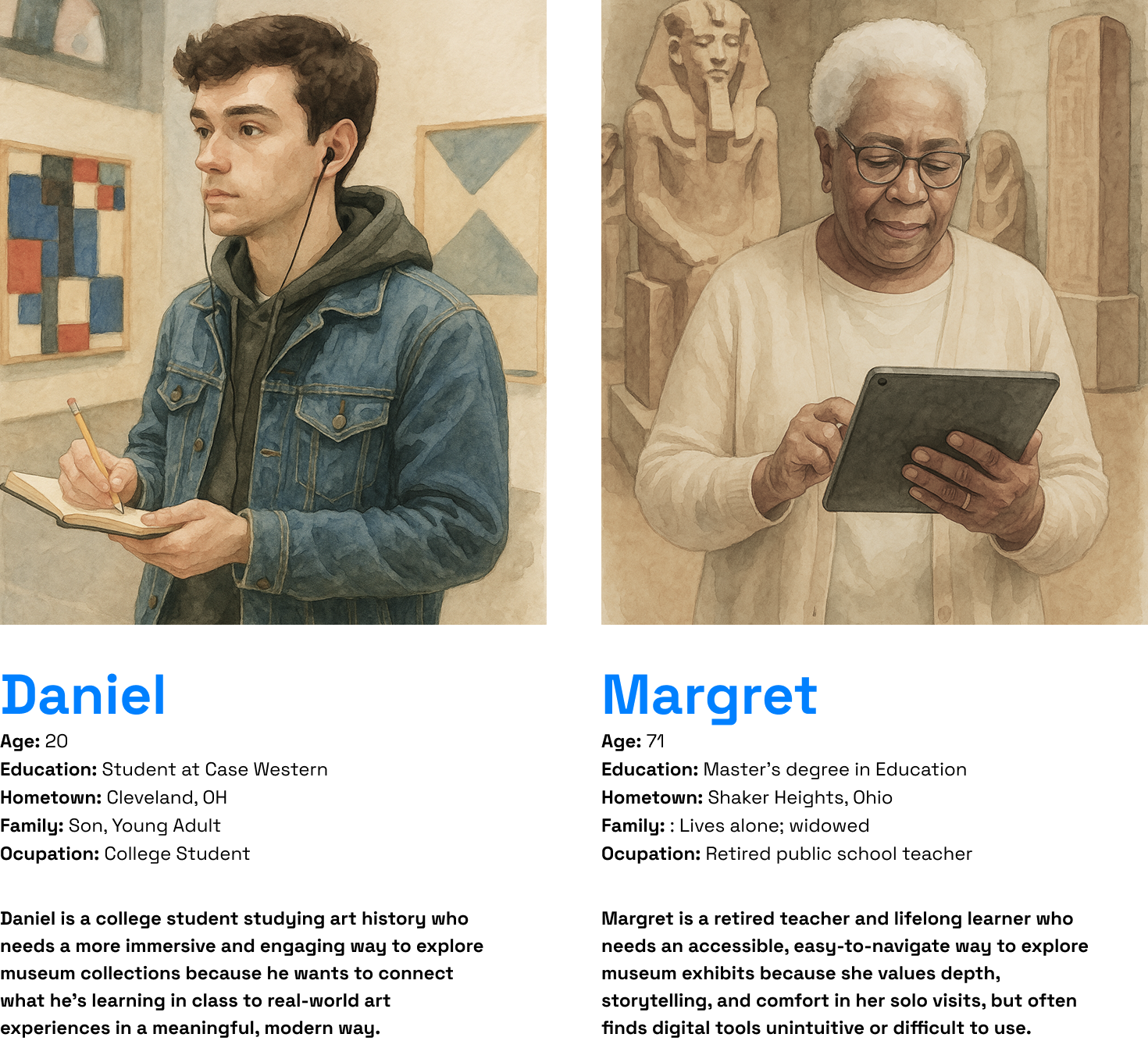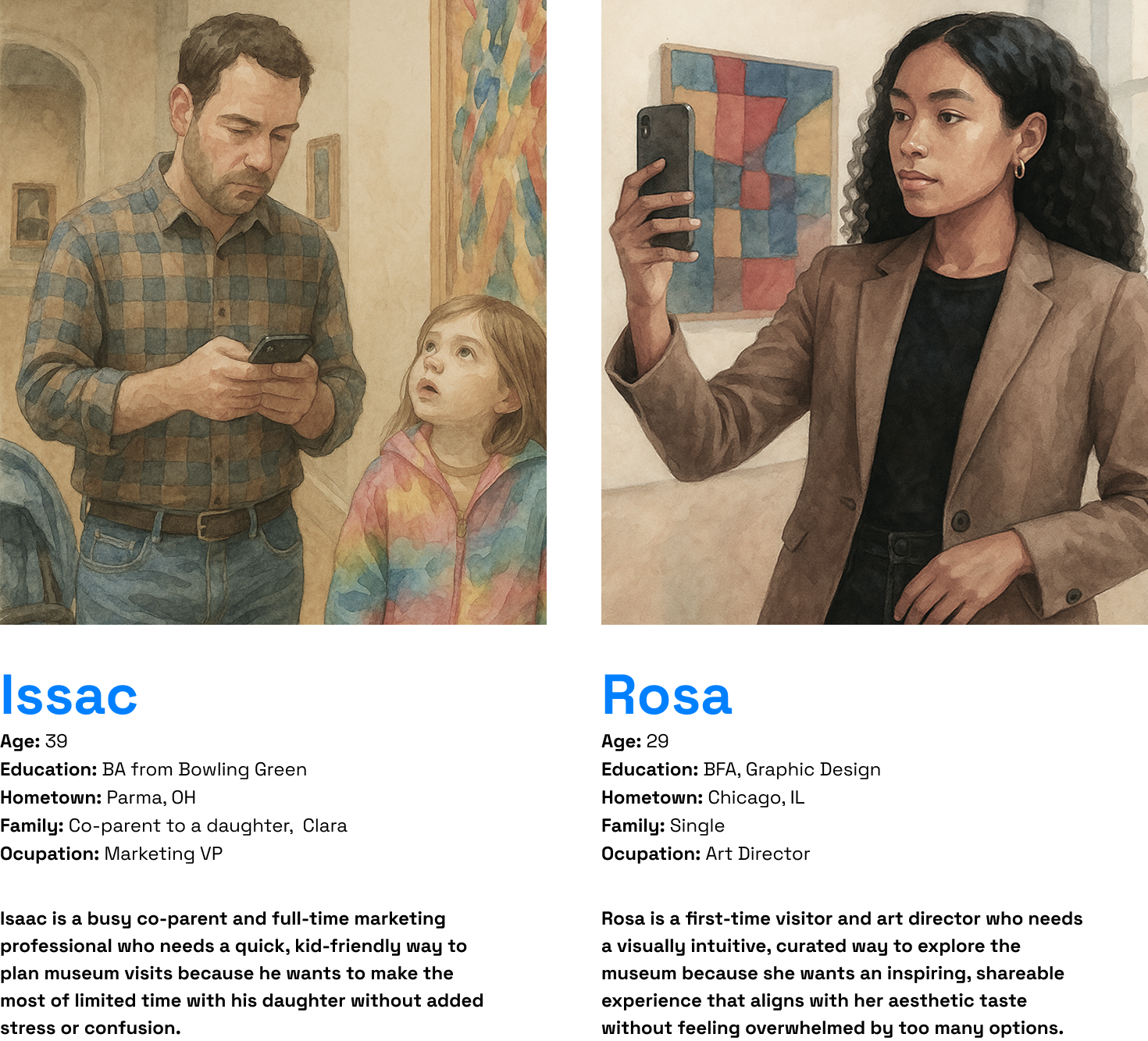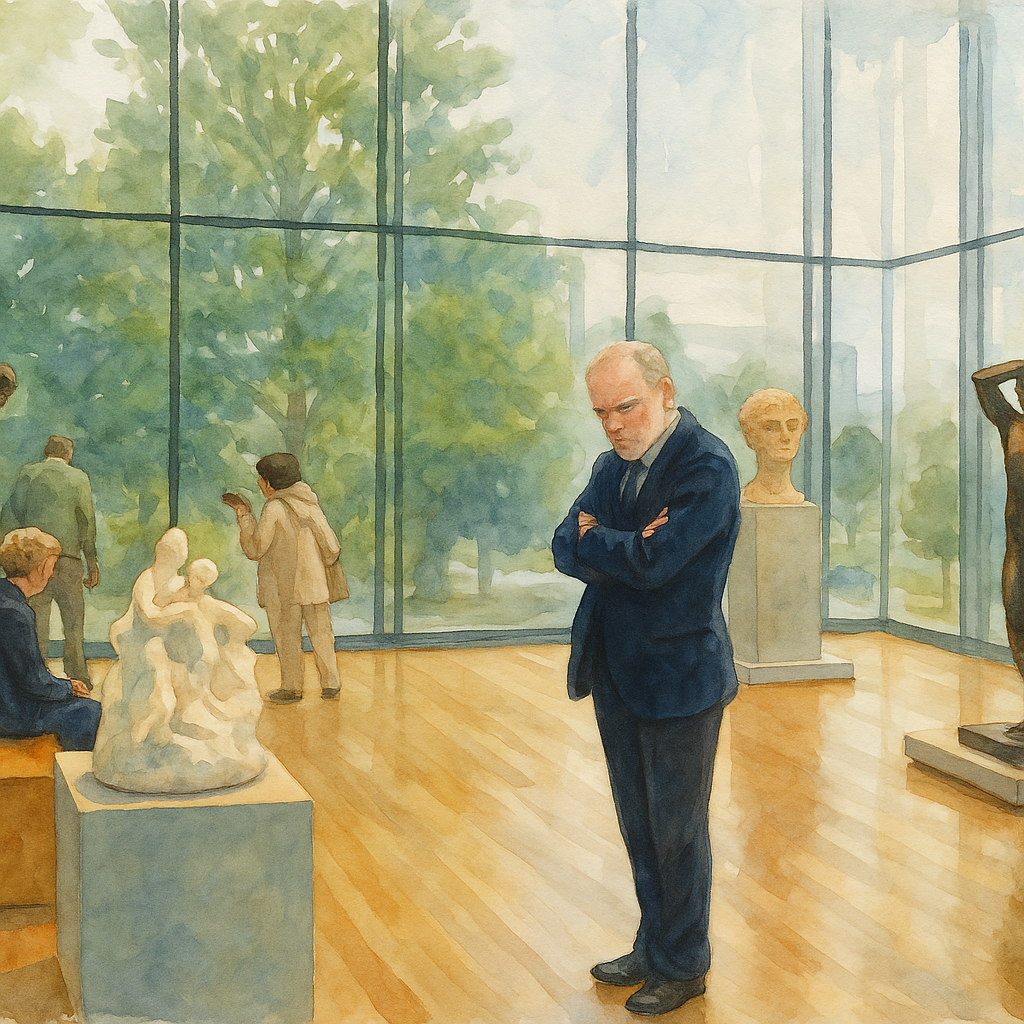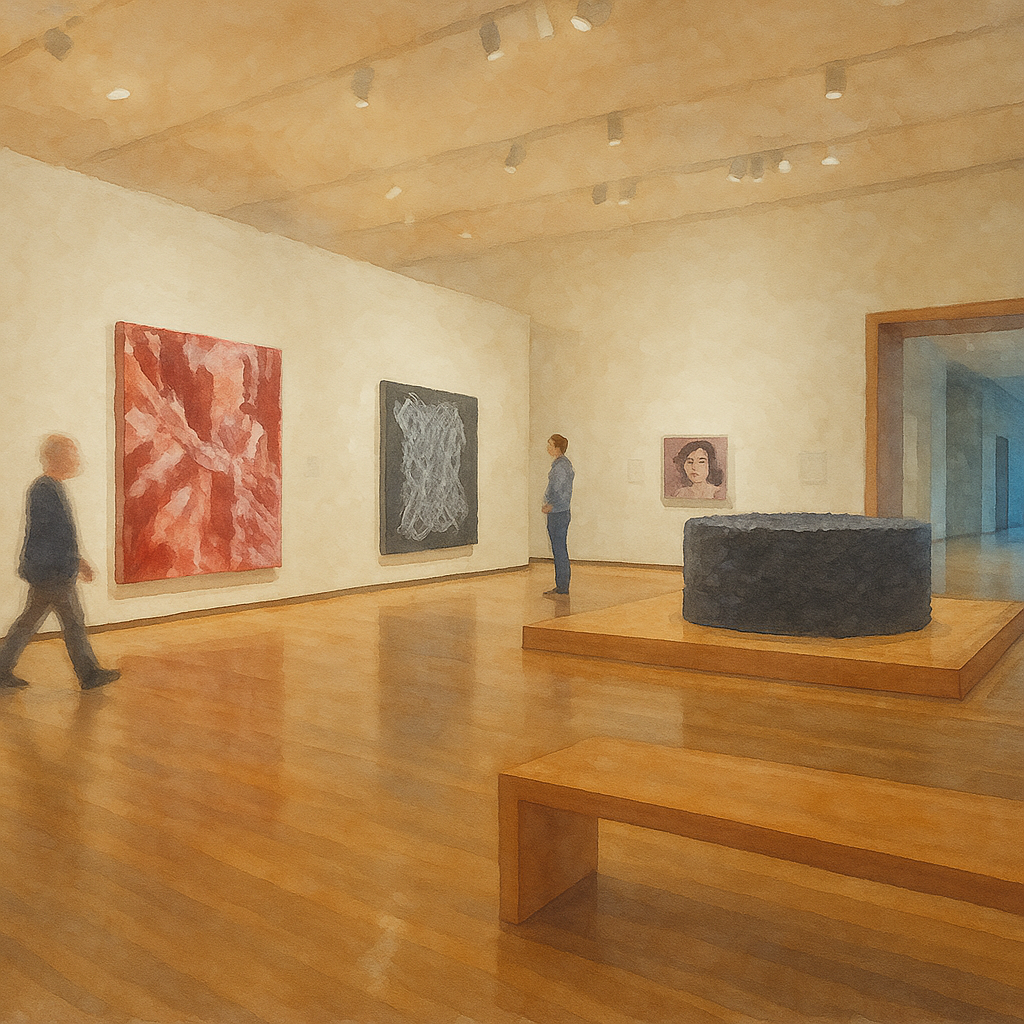This app was designed to make a museum visit feel easy, inspiring, and personal. It helps visitors find their way, discover exhibits that match their interests, and connect more deeply with the art through audio, video, and AR—at their own pace. Users can save favorite works, plan their route, and even check out the gift shop from their phone. Whether someone’s a first-time visitor or a longtime regular, the app helps make the most of their time. It’s especially helpful for families, anyone on a tight schedule, or visitors looking for a more curated experience. What sets it apart is how it adapts—based on a person’s mood, interests, and how much time they have—so no two visits feel the same.

